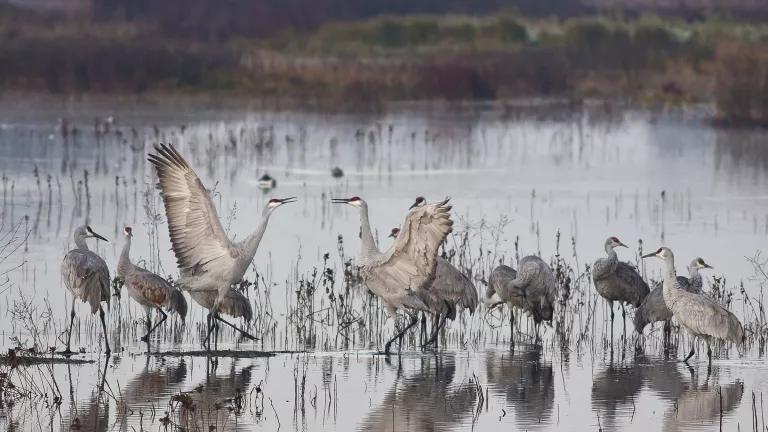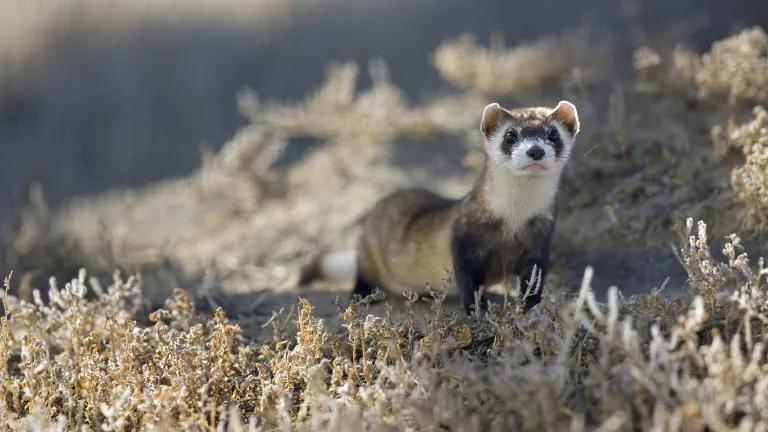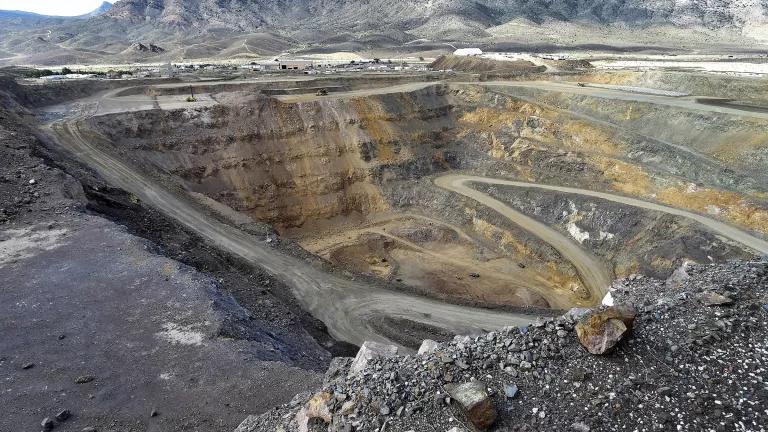With Thousands of Species on the Brink, Trump Administration Moves to Further Dismantle the Endangered Species Act

The Interior and Commerce Departments are making it harder for species to recover lost habitat—and the biodiversity and climate crises will only speed up.
Despite clear warnings of a looming biodiversity crisis, the Trump administration has moved to further weaken the Endangered Species Act (ESA)—the most effective law at protecting wildlife from extinction—this time by making it harder to protect habitat for species.
“This weakening of the ESA will have dire consequences for wildlife already struggling to survive,” says Rebecca Riley, legal director of NRDC’s Nature Program. "The proposal would make it harder to protect habitat necessary for species' recovery. If we fail to protect habitat that species need, before long, we won’t have those species anymore."
According to today’s proposed rollback, the U.S. Department of the Interior and the Department of Commerce added a definition of the term “habitat”—one so narrow that it makes it harder to protect areas that are crucial to species' recovery.
“This comes less than a year after the Trump administration finalized a series of rules designed to rollback the law’s protections,” Riley says, referring to last year, when the U.S. Fish and Wildlife Service and the U.S. National Marine Fisheries Service gutted the ESA, removing automatic protections for wildlife recently designated as “threatened” and changing the standard for protecting habitat that’s not currently occupied by a species. The administration has also allowed economic factors to be analyzed when weighing a species’ designation, which is antithetical to the law’s principles. Together, these attacks benefit those who wish to exploit protected wildlife habitat, such as oil and gas developers, mining companies, and other extractive industries.
Meanwhile, the current rate of extinction is now tens to hundreds of times higher than the average rate over the last 10 million years. Human activity—including ecosystem degradation, natural resource exploitation, and the resulting climate crisis—is to blame. Scientists now predict that half of all species worldwide will be facing extinction by the end of the century without urgent action.
The Endangered Species Act is not just overwhelmingly popular with the public, it works—it has saved 99 percent of listed plants and animals from extinction. The law has been credited with a number of high-profile conservation success stories, including the return of iconic species like the bald eagle and gray wolf.
But diverse, intact ecosystems do far more than protect imperiled wildlife. They serve people, too, by helping to filter pollutants from drinking water, improve air quality, ensure widespread pollination and a secure food supply, and provide necessary resources to produce medicine, among other necessary functions. “We will continue fighting to protect wildlife for future generations,” Riley says.



